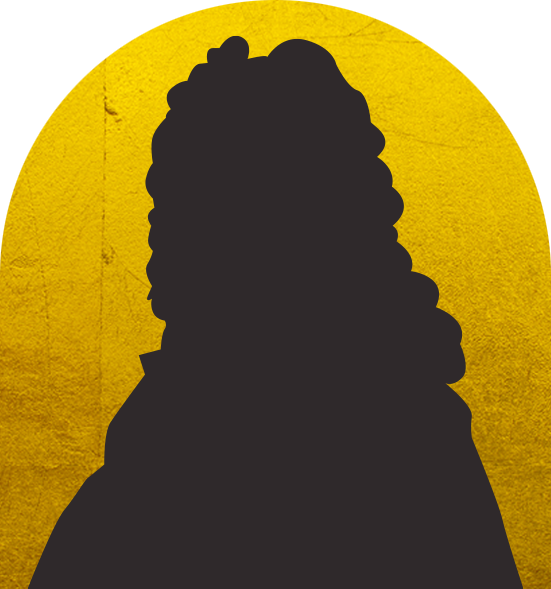St Vedast
Read the stories of four that either survived or succumbed to the flames, and how they reemerged from the ruins.

St Vedast

James Puckle © The Trustees of the British Museum
James Puckle married Mary Francis in St Vedast’s in 1687. Their first child Elizabeth was baptized in St Christopher le Stocks church, later demolished to make way for the expansion of the Bank of England. A further seven children were baptised in other churches nearby.
James was an attorney and stockjobber, working in Pope’s Head Alley, Cornhill. He published pamphlets on the subject of the English fishing industry which recommended the purchase of shares in the company of the Royal Fishery of England, on which he appears to have received commission.
In 1718 James patented a portable breech-loading machine gun, able to fire grenades and either round or square bullets, depending on the religion of the enemy! He floated a joint-stock company to market his invention. It was successfully trialled and taken by the second Duke of Montagu on his failed attempt to set up a colony in St Lucia. Despite share prices in the company at one point selling for double their initial price, the venture was among the many ‘bubbles’ of the age and ‘Puckle’s machine’ was satirised as being only dangerous to investors. An example of the gun survives in the Royal Armouries in Leeds. James was buried in St Stephen, Coleman Street.
Read the stories of four that either survived or succumbed to the flames, and how they reemerged from the ruins.
Keep up to date with the latest news ...